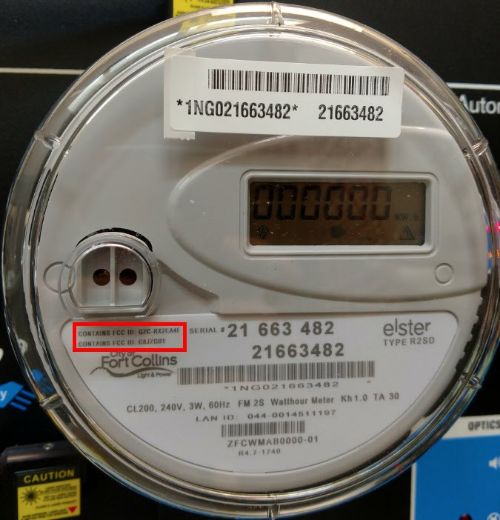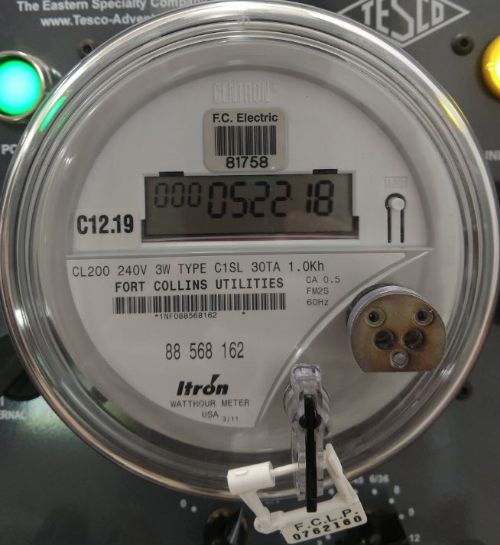Manual Meter Reading#
The majority of electric and water meters are automatically read wirelessly through the advanced meter infrastructure.
-
Auto-Read: Electric meters are automatically read and send interval data for billing to Utilities. This is the standard process and does not require an additional fee.
-
Manual-Read: Non-transmitting electric meters collect interval data and are read manually by Utilities’ field technicians.
- Accounts with manual reads are assessed a monthly fee.
Meter Access#
Crews must be able to access meters at any time for maintenance, inspections or emergency service restoration. If access to the meter for exchange or meter reading purposes is not provided, Utilities may:
- Utility service termination – Municipal Code Sec. 26-2 (b)
- Permanently change to the standard wirelessly communicating (AMI) meter with associated fees– Municipal Code Sec. 26-2 (c) and Sec. 26-712 (b)
Frequently Asked Questions#
-
All electric meters, whether they have wireless communication capabilities or not, continuously measure the amount of energy passing through the wires that serve that home (i.e., the energy that a customer consumes in their house).
In Fort Collins, both the manually read electric meters that have no wireless communication capabilities and the advanced electric meters with wireless communication capabilities record and store this energy consumption in 15-minute intervals.
If you've elected to have your meter manually read, this information is manually downloaded by a meter reader once a month.
-
Any device that communicates via radio frequency (RF) must have a Federal Communications Commission FCCID number. The manually read meter does not have a radio; therefore, does not have any wireless communicating capabilities or an FCCID number.
![]()
Advanced meter with FCCID number shown in red box.
![]()
Manual meter
-
Yes. The 15-minute interval data downloaded manually by the meter reader once a month is used to determine how many kilowatt-hours were used during on-peak and off-peak periods to calculate how much you are billed each month.
Learn More#
Did You Know?
There are 13 stormwater basins within the City of Fort Collins Growth Management Area, each with their own master plan.
A new washing machine can save you money. It can also save your clothes. Click here for the whole story.
Even small projects like planting a shrub require you to plan before digging. Know what’s below. Call 811 before you dig.

